by Jeroen Bouterse
 Preparing a worksheet with negative-number calculations where all the digits are sixes and sevens. Telling myself it’s meant to take the fun out of it for them – like a sex ed teacher having their students say ‘penis’ one hundred times before starting the unit. Definitely not the whole story, but plausible: as a middle school math teacher I am more than justified in trying to tame the phenomenon. In fact, I have drawn a firm line; just seeing a 6 anywhere in an exercise is decidedly not an appropriate reason for doing the meme. Really, we need to get on with the lesson now; I will count to five.
Preparing a worksheet with negative-number calculations where all the digits are sixes and sevens. Telling myself it’s meant to take the fun out of it for them – like a sex ed teacher having their students say ‘penis’ one hundred times before starting the unit. Definitely not the whole story, but plausible: as a middle school math teacher I am more than justified in trying to tame the phenomenon. In fact, I have drawn a firm line; just seeing a 6 anywhere in an exercise is decidedly not an appropriate reason for doing the meme. Really, we need to get on with the lesson now; I will count to five.
The ‘six-seven’ thing is one of those trends that remind adults they have lost connection with what it is like to be a teenager. For me, it is actually a far less baffling one than the draining ‘skibidi’ and ‘what the sigma’ cycles – I quite understand that it is fun to say. No, more than that; it has made something about Generation Alpha positively click into place for me. Let me enlighten you.
But before I do that, let me remind you that as a teacher, I am one of the least suitable people to look at the current cohort of middle-schoolers with any objectivity. Ten years into teaching math, part of my brain is definitely wondering why they still don’t know how to find the lowest common denominator, forgetting that every year, ‘they’ are different children who are simply learning these concepts for the first time. Also, with more teaching experience comes more confidence, so that I now tend to attribute failures in skill transfer less to my own didactic shortcomings and more to whatever is going on with kids these days.
My point is not, however, about what may or may not actually be wrong with this generation – in fact, I intend to end this essay with some starry-eyed optimism; rather, I want to proceed from the observation that this generation is the object of deep cultural worries in a way that we haven’t seen in a while. Those worries are tied to the technological revolutions that have led to kids being perpetually online. Read more »

 Antonio Gramsci’s theory of hegemony helps explain how the power structure of modern liberal-democratic societies maintains authority without relying on overt force. Many definitions of hegemony point out that it creates “common sense,” the assumptions a society accepts as natural and right.
Antonio Gramsci’s theory of hegemony helps explain how the power structure of modern liberal-democratic societies maintains authority without relying on overt force. Many definitions of hegemony point out that it creates “common sense,” the assumptions a society accepts as natural and right.




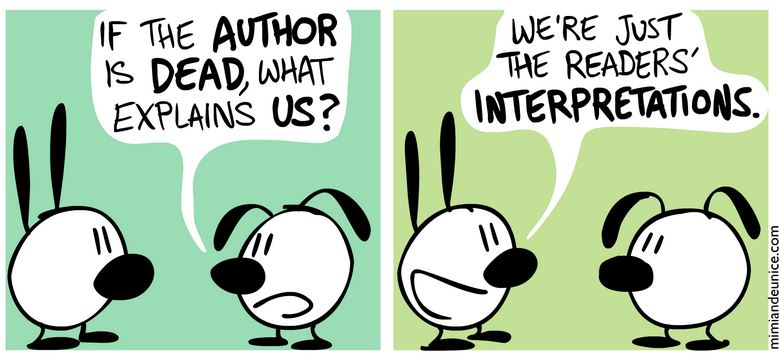 Art is dangerous. It’s time people remembered that and recognized the fullness of it. For if art is to remain important or even relevant in the current moment, then it’s long past time artists stopped flashing dull claws and pretending they had what it takes to slice through ignorance. We need them swallow their feel-good clichés and to begin sharpening their blades. We need dangerous art, and we cannot afford much more art that its creators believe is dangerous when it is not.
Art is dangerous. It’s time people remembered that and recognized the fullness of it. For if art is to remain important or even relevant in the current moment, then it’s long past time artists stopped flashing dull claws and pretending they had what it takes to slice through ignorance. We need them swallow their feel-good clichés and to begin sharpening their blades. We need dangerous art, and we cannot afford much more art that its creators believe is dangerous when it is not.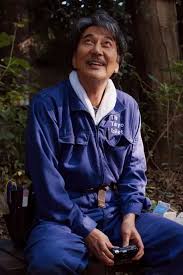 Emma Wilkins’ excellent piece “
Emma Wilkins’ excellent piece “
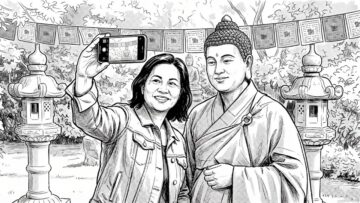

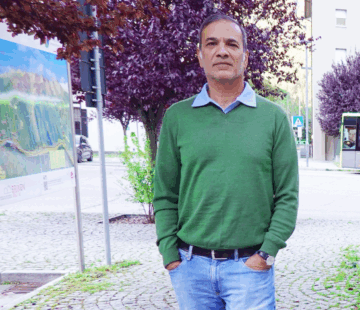


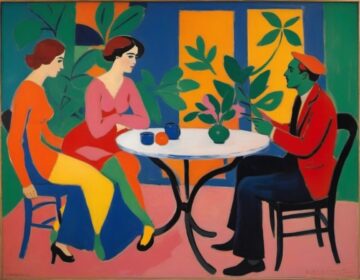
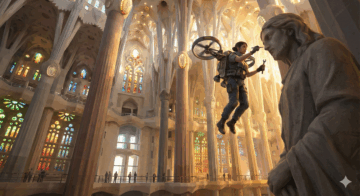

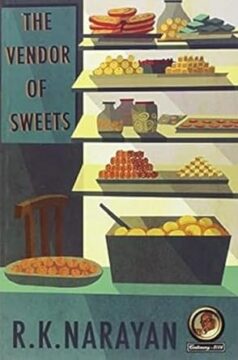 Graham Foster from the
Graham Foster from the